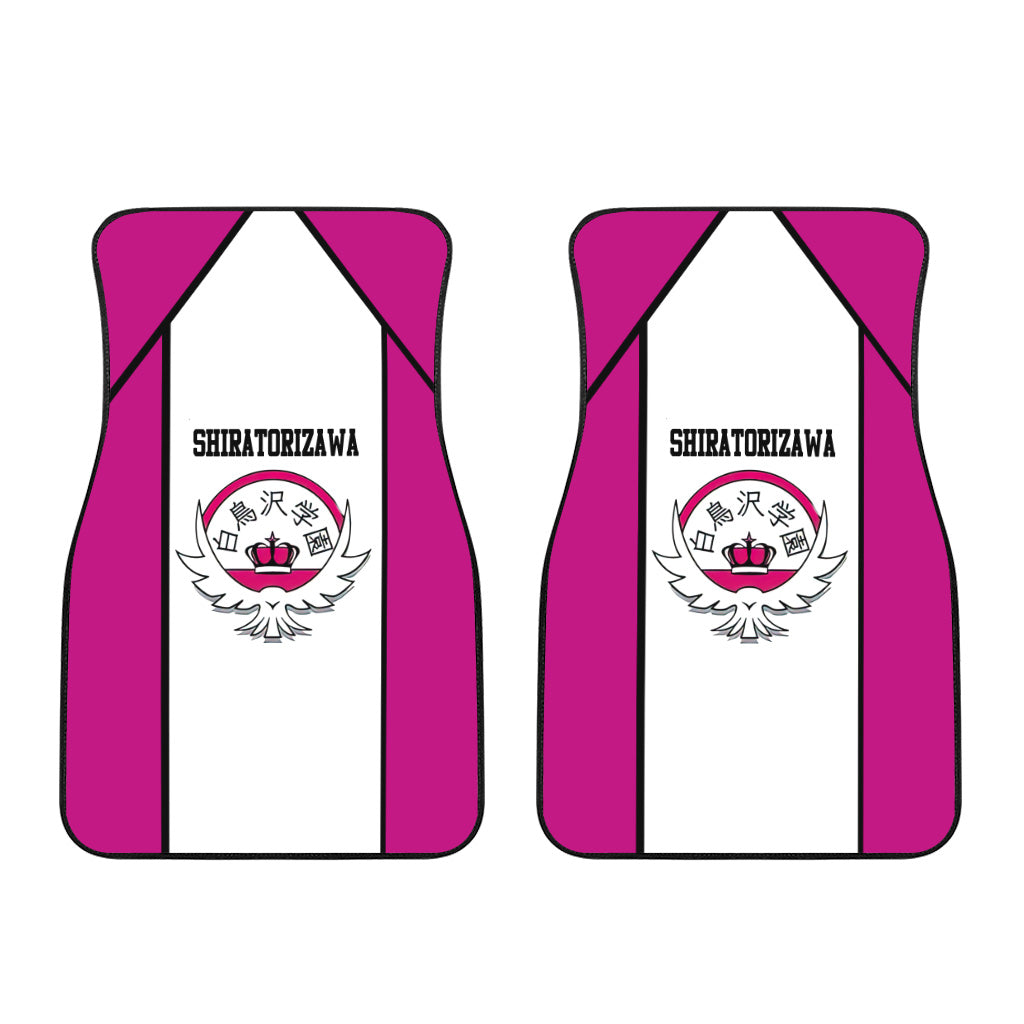Here are 10 points that some viewers have raised as potential drawbacks of Shonen Jump’s anime adaptation:
- Pacing issues: One common complaint revolves around the pacing of Shonen Jump anime, with some series being criticized for slow or inconsistent pacing. Extended filler arcs or excessive flashbacks can sometimes disrupt the flow of the story, leading to a loss of engagement for viewers.
- Animation quality: While Shonen Jump anime can boast stunning animation at times, there have been instances where the quality dips, especially during long-running series. Budget constraints or the need to meet weekly deadlines can result in episodes with less detailed or less fluid animation, which can be disappointing for fans.
- Overuse of filler episodes: Filler episodes, which deviate from the original manga storyline, are a common occurrence in Shonen Jump anime. While fillers can provide additional content or character development, an excessive number of fillers, particularly if they lack substance, can frustrate viewers who prefer the main plotline.
- Censorship and content alteration: Shonen Jump anime adaptations occasionally face censorship and content alteration, particularly when adapting mature or violent scenes from the manga. This can lead to a loss of the original intensity or impact, leaving fans unsatisfied with the changes made.
- Inconsistent adaptation quality: Some viewers have observed inconsistencies in the quality of Shonen Jump adaptations. While some series receive faithful and well-executed adaptations, others may suffer from rushed pacing, omitted scenes, or altered character designs, leading to a lack of consistency across the board.
- Lack of conclusive endings: Due to ongoing manga source material, many Shonen Jump anime adaptations end without a definitive conclusion. This can leave viewers hanging, yearning for closure or a proper resolution to the storylines and character arcs they have invested in.
- Frustrating cliffhangers: Shonen Jump series are known for their cliffhangers, which can be both thrilling and frustrating. While cliffhangers generate anticipation and maintain interest in the story, some viewers find them overly excessive or poorly timed, leaving them longing for more immediate resolutions.
- Filler-heavy arcs: Some Shonen Jump anime adaptations are criticized for dedicating entire arcs to fillers, interrupting the main storyline for an extended period. This can test the patience of fans who eagerly await the progression of the plot, leading to a loss of interest or motivation to continue watching.
- Excessive repetition: Shonen Jump series often incorporate repetitive elements, such as training arcs, power-ups, or predictable battles. While these elements can be enjoyable and expected within the genre, an overreliance on them without significant innovation or variation can make the storytelling feel formulaic and stale.
- Lack of diversity in genres: Shonen Jump’s primary focus is on action-oriented stories, and while this appeals to a large audience, it can limit the variety of genres represented in their anime adaptations. Some viewers may crave a wider range of storytelling styles, themes, and genres to cater to different tastes and preferences.
It’s important to remember that these points do not apply universally to all Shonen Jump anime adaptations, and personal opinions on these matters can vary. Some viewers may find these aspects to be strengths or insignificant in comparison to the overall enjoyment they derive from the anime.
We bring out some of the most well-known Haikyu collection, all of which are available at reasonable costs. Visit our link now if you are interested in the Haikyu collection


Nekomata, Manabu, Oikawa, Matsukawa,Hanamaki, Iwaizumi

